Air India broadens its international footprint by launching 20 flights to US and UK
Radhika Bansal
01 Oct 2022
Air India will launch 20 additional flights to Birmingham, London and San Francisco to broaden its international footprint, according to a statement released on September 30.
This step is a part of the airline’s endeavour to regain its position as the leading airline on the international aviation map. These additional flights will be introduced in phases from October to December.
ALSO READ - Air India eyes Multiple Hubs, International Expansion
With five additional flights a week to Birmingham, nine to London and six to San Francisco a week, Air India will be able to offer over 5,000 additional seats every week to customers and ensure ample choice in terms of connectivity, convenience, and cabin space.
ALSO READ - More flights on Birmingham-Amritsar route, Birmingham MP writes to Air India
The new flight schedule of Air India
The current schedule of Air India standing at 34 flights per week to the UK will now be bumped up to 48 flights. There will also be five extra flights to Birmingham out of which 3 will be from Delhi and 2 from Amritsar.
London will receive 9 additional flights per week, out of which 5 will be flying from Mumbai, three from Delhi and 1 from Ahmedabad. Seven Indian cities will have non-stop Air India flights heading to the UK capital after the new flights are introduced.
ALSO READ - Air India to launch non-stop flights Bengaluru-San Francisco from October end
Air India flights to the US will rise from 34 to 40 per week. Mumbai will now be connected to San Francisco by the airline three times a week, and reinstate a three-times-weekly Bengaluru operation. This takes the number of flights to San Francisco up to 16, from 10 per week with a non-stop service from Delhi, Mumbai and Bengaluru.
Air India to launch 20 flights to the US & UK to broaden its international footprint
In terms of capacity, the enhanced network to the United Kingdom and the US will lead Air India to offer 5,000 additional weekly seats from India to the two countries. Additionally, the improved connectivity translates into more convenience for the carrier's passengers.
“As Air India reinvents itself under the Vihaan.AI transformation programme, adding frequency and improving connectivity from major Indian cities to more international destinations is a significant focus. This sizeable frequency increase to the US and the UK, as well as the addition of new city pairs and improved aircraft cabin interiors, comes just 10 months after Air India’s acquisition by the Tata Group. It is a clear signal of our intent, and an early step towards a much bigger aspiration."Campbell Wilson, CEO and MD of Air India
ALSO READ - Air India unveils Vihaan.AI – a comprehensive 5-year transformation plan
India's national carrier is experiencing a breakthrough in its history. Indeed, the carrier's new management has designed a transformational roadmap, called Vihaan.AI, whose primary goal is to reinvent the airline and bring it back as a world-class global player in the airline industry.
Air India signed leases and letters of intent (LOI) for 25 narrowbodies and five widebodies, increasing the carrier's fleet by 25%
Apart from these additional aircraft, Air India has been working to restore the existing narrow-body and wide-body aircraft to the operating fleet. Before the expansion described above, the airline enabled frequency increases between Delhi and Vancouver as well as the addition of numerous domestic services.
ALSO READ - Air India to revamp its fleet by leasing 30 aircraft in the upcoming months
On September 12, the airline announced leasing 30 aircraft. The airline signed leases and letters of intent (LOI) for 25 narrowbodies and five widebodies, increasing the carrier's fleet by 25%. Additionally, Air India has recently reintroduced 16 long-grounded aircraft, ten narrowbodies, and six widebodies.
ALSO READ - Air India in process of expanding the fleet for the upcoming holidays; plans to lease B777s from Delta
Air India will offer a premium economy cabin on long-haul flights for the first time in its history.
The five leased Boeing 777-200LRs have been a fundamental acquisition for Air India's fleet, without whom the network expansion to the US and the UK would not have been possible. The leased widebodies bring about a significant change in Air India's customer proposition: Air India will offer a premium economy cabin on long-haul flights for the first time in its history.
ALSO READ - Will bring back 10 grounded wide-body aircraft to service – Air India
Air India currently owns a fleet of 70 narrowbodies, of which 54 are in service; the remaining 16 aircraft will progressively return to service by the early months of 2023. The carrier's widebody fleet counts 43 aircraft, of which 33 are operating; similarly to the narrowbody fleet, the grounded widebodies will return to service early next year.
Read next
Aeroflot, the Russian flag carrier, plans to resume flights to three more destinations in the Asia Pacific region. The airline will fly to Goa (India), Colombo (Sri Lanka) and Bangkok (Thailand).
India is one of the few nations in the world where the Russian airline currently operates to. Aeroflot operates 3x weekly flights to Delhi on its Boeing B777-300 ER.
ALSO READ - Aeroflot to resume flights between Russia and India from May 6
The airline will operate A330-300 aircraft on this route.
Beginning on October 9, Russia’s flag provider Aeroflot is resuming its service between Moscow and Colombo in Sri Lanka. The nine-hour flight will probably be operated on Sundays and Thursdays on how to Sri Lanka and on Mondays and Fridays on how again.
Whereas, flights to Bangkok will function every day as soon as the route launches on October 30. The schedule stays the same every single day of the week. And it can also be the same aircraft which is A330-300.
Of the three route re-launches, Goa will be the final destination, which would start operations on November 2. It would function 3 times weekly. To stimulate passenger demand, the airline has dropped air fares by as a lot as 21% in comparison with 2019.
Aeroflot to relaunch flights to Goa in November
Aeroflot Russian Airlines, commonly known as Aeroflot, is the flag carrier and the largest airline in Russia. The airline was founded in 1923, making Aeroflot one of the oldest active airlines in the world. Aeroflot is headquartered in the Central Administrative Okrug, Moscow, with its hub being Sheremetyevo International Airport.
ALSO READ - Aeroflot places an order for 339 Russian-made passenger aircraft
The airline has a fleet of 305 aircraft, with 147 active, 31 inactive and 127 wet-leased aircraft. It has 149 Airbus aircraft, 130 of whom are the A320 family types, and 76 Sukhoi SSJ 100/95Bs. Its Boeing aircraft are 47 B737-800s, four B747-400s, three B777-300s, and 26 B777-300ERs.
Read next
China held a ceremony to certify its C919 narrowbody passenger jet, representing a major milestone in the country's ambitions to challenge Airbus and Boeing in commercial aerospace.
The plane, produced by state-owned manufacturer Commercial Aircraft Corp of China (COMAC), had been widely expected to be certified by the end of the month after two aircraft flew to Beijing on Sept. 13. A sign in one of the photos said "C919 aircraft type certificate issuance ceremony" in Chinese.
The C919, launched 14 years ago and designed to carry up to 168 passengers, will compete against the popular Airbus A320neo and Boeing 737 MAX families in the world's second-biggest aviation market as China looks to boost its technological self-reliance amid trade tensions.
Although the plane is assembled in China, it relies heavily on Western components, including engines and avionics, from companies including GE, Safran and Honeywell International.
Tough U.S. export licensing rules have led to delays in sourcing parts and remain a key risk to ramping up production until China replaces foreign engines and components with homegrown technology.
"The plane seems like a relic of a bygone era of increasing integration between China and the West. Thus, we have an aircraft that is only superficially Chinese but is actually powered by Western technologies and systems.Try building an aircraft without an engine, or avionics, it would just be a metal shell.Turning it into a genuine Chinese aircraft would take well over a decade and many billions of dollars."Richard Aboulafia, Managing Director of AeroDynamic Advisory.
The type of certificate granted on Thursday means it can be delivered to the first customer, China Eastern Airlines Corp Ltd, though local media have reported the plane is unlikely to enter commercial service with passengers until next year.
Richard Aboulafia said if China did decide to halt Western aircraft imports, the United States and allied countries could kill the C919 for years by prohibiting component exports.
The C919 has never made an appearance at the country's premier aviation event, Airshow China and it is unclear whether it will be on display or flown at the show in November.
COMAC will also need a separate production certificate before it can ramp up mass production of the plane, meaning its impact on the global aircraft market could remain limited given Airbus and Boeing produce dozens of narrowbodies a month.
According to a report by Huaxi Securities, the C919 will gradually begin to replace single-aisle aircraft made by Boeing and Airbus in China. And in the next 20 years, China’s demand for narrowbody passenger aircraft like the C919 will be on average 300 per year.
The C919 lacks certification validation by U.S. and European regulators, limiting flights to the domestic market and possibly countries with close ties to China.
The European Union Aviation Safety Agency (EASA) has been working for years on a certification validation process on the C919 with COMAC in parallel to CAAC's work, an EASA spokesperson said.
There have been 815 orders for the C919 from 28 customers, according to COMAC's website. But China Eastern is the only customer that has announced a firm delivery schedule and it expects to receive only four next year.
ALSO READ – Chinese airlines orders 292 Airbus A320neo aircraft
In the meantime, the Boeing 737 MAX has yet to return to commercial service in China, having been grounded since March 2019 after two fatal crashes. However, three months ago major Chinese airlines placed an order for nearly 300 Airbus A320neo family planes, showing the country plans to continue imports for some time.
ALSO READ - All Boeing operator Xiamen Airlines orders 40 A320 NEOs
Read next
The Indian Army inducted the indigenously designed and developed Light Combat Helicopter (LCH) from Hindustan Aeronautics Limited (HAL) on Thursday, 29th September 2022. The first Light Combat Helicopter was handed over to the Army Aviation Corps by Hindustan Aeronautics Limited (HAL).
On March 30, 2022, the Cabinet Committee on Security (CCS) authorized the purchase of 15 Limited Series Production Light Combat Helicopters for Rs. 3,887 crores. Out of these 15 choppers, the Indian Air Force will receive ten, and five will be inducted into the Indian Army.
The Additional Director General of the Public Information (ADG PI – Indian Army) shared the information in a tweet, which said, “Indigenously designed & developed Light Combat Helicopter (LCH) has been inducted into Indian Army. The first LCH was formally handed over by HAL to Director General, Army Aviation Cops. Highly manoeuvrable and agile LCH will significantly enhance combat capability.”
https://twitter.com/adgpi/status/1575464477050413056?s=20&t=-wSW3A4wIWlA7H-MW23UBw
The LCH is a multi-role combat helicopter designed and manufactured by HAL, which is made in HAL’s helicopter division in Bengaluru. The helicopter can carry rockets, air-to-air and anti-tank missiles, and bombs.
The helicopter has the necessary agility, manoeuvrability, range extension, high elevation efficiency, and 24/7/365 all-weather fighting potential to carry out tasks like combat search and rescue (CSAR), destruction of enemy air defence (DEAD), counter-insurgency (CI), functions against slow-moving aircraft and remotely piloted aircraft (RPAs), high altitude bunker busting, counter-insurgency operations in the jungle and urban environments, and support to ground forces.
1st indigenous Light Combat Helicopter inducted by Indian Army
The production of LCH by HAL will give the Atmanirbhar Bharat initiative more momentum and encourage the indigenization of defence production and the nation’s defence industry as part of the ongoing effort to achieve self-reliance in the defence manufacturing sector and reduce imports.
ALSO READ - IAF to induct ‘Made in India’ light combat helicopter (LCH) in October
The Indian Air Force will formally induct the indigenous LCH on October 3, 2022, at the Jodhpur Air Force base in Rajasthan in the presence of Defence Minister Rajnath Singh and Chief of Air Staff Air Chief Marshal V R Chaudhari.
Read next
DGCA grants Garuda Aerospace permission to operate as a Remote Pilot Training Organization
Radhika Bansal
30 Sep 2022
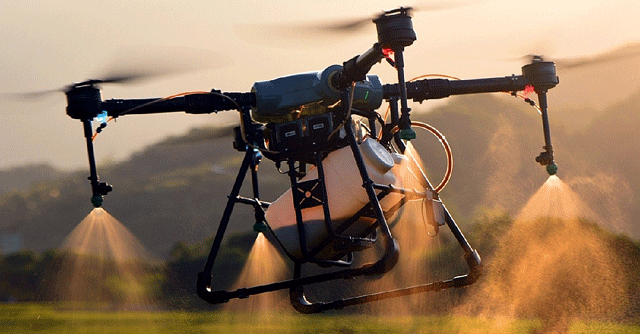
Chennai-based drone startup Garuda Aerospace on September 29 said that it has received necessary approvals from the Directorate General of Civil Aviation (DGCA) to establish a remote pilot training organisation (RPTO), where drone pilots can be trained. Backed by MS Dhoni, Garuda Aerospace counts a drone fleet of 400 drones and a trained team of more than 500 pilots in 26 cities.
Garuda Aerospace is the 31 st Remote Pilot Training Organization (RPTO) in India to have been approved since the union government liberalized drone regulations on August 26, last year. The firm aims to train and skill one lakh youth across 755 districts in the correct use of drones for agricultural purposes.
Garuda now aims to train one lakh youngsters across India on the correct usage of drones for agricultural purposes, the company said in a release.
DGCA grants Garuda Aerospace permission to operate as a Remote Pilot Training Organization
ALSO, READ - Swiggy teams up with Garuda Aerospace to begin trial runs using drones to deliver groceries
The company has been deploying Agri Kisan drones across the country that help increase food crop productivity and reduce crop loss and exposure of farmers to harmful chemicals while being capable of precision delivery of pesticides and fertilizers, monitoring crop health, surveillance, industrial inspection, yield measurement, and crop loss mitigation. They are also equipped with sensors, cameras, and sprayers.
"We have always believed that India’s agricultural economy has tremendous potential that is yet to be unlocked. With this approval, we are certain that we will be able to utilise our skillset and help the sector grow significantly.Rohit Srivastava, our drone pilot, earns Rs 1 lakh (per month) as he has received advanced drone pilot training and will soon be honoured with an RPTO certificate."Agnishwar Jayaprakash, CEO and Founder, Garuda Aerospace
Agnishwar Jayaprakash, CEO and Founder, Garuda Aerospace
Earlier, Minister of Civil Aviation Jyotiraditya Scindia while saying that the drone manufacturing and services industry would grow to become an INR 30,000-crore industry added that the country will need 1 lakh drone pilots in the future.
"Today a drone pilot can be trained without requiring any college degrees. They just need to (be) 12th class pass. They can be into a job within two-three months, and get INR 30,000 per month salary," Scindia had said.
DGCA can approve RPTO licenses to companies within 60 days of receipt of the applications, and as of August 2, 576 remote pilot licenses have been issued by the erstwhile RPTOs.
Ever since the liberalized Drone Rules, 2021 regulations were published in August last year, the centre, as well as state governments, have offered several incentives and initiatives to boost the homegrown drone ecosystem.
ALSO READ - Drones can be used by Private Players for Delivery By Drone Rules 2021: Centre
The response further clarified that under the present fast-tracked regulations, the DGCA can approve RPTO licenses to companies within 60 days of receipt of the applications, and as of August 2, 576 remote pilot licenses have been issued by the erstwhile RPTOs.
Read next
The historical development of jet fighters has been divided into major technological advances called "jet fighter generations."
Different authorities have divided the development of fighters into various numbers of generations by identifying various technological leaps as critical ones. Five generations are already universally acknowledged, and work on a sixth is currently ongoing.
From the vault
Air historian Richard P. Hallion proposed a six-generation classification of jet fighters in 1990. Since then, other methods with five generations up to around the same time have been reported, however, the generational boundaries are different.
A NASA web publication divides jet development into five stages: pioneer (straight wing), swept wing, transonic, the 1960s, and 1970s on, culminating in types such as the F-15, F-16, and AV-8A. Taylor and Guilmartin name four: subsonic, transonic, supersonic, and Mach 2, and add a fifth "new" generation with multimission capability.
AV-8A | Representative | Super-Hobby.com
There is some debate over and disagreement over the precise requirements for the different generation steps. Some sources have separated the fourth generation into the 4+ and 4++ or the 4 and 4.5 generations.
But what standards are used to identify a fighter generation and one or more aircraft from each generation?
Source
First Generation
The first jet fighters were created at the close of World War II. According to Matthew Bekaert, an aviation expert, they actually don't differ all that much from prop planes, save from the type of engine. main elements:
Jet enginesStraight wingsSubsonic speedsno avionics / radar
They resembled their piston-engined counterparts in most ways, including having straight, unswept wings and being made of wood or light metal. They were equipped primarily with manually operated guns and had minimal to no avionics. While models like the de Havilland Vampire and Lockheed F-80 were still being prepared for operational service near the end of the war, the Heinkel He 162 and Gloster Meteor also saw service during that period.
Heinkel He 162 | Wikipedia
Transonic speeds were made possible by the invention of the swept wing, but controllability was sometimes compromised at these speeds. Usually, these planes were designed for air superiority interceptor duty.
The North American F-86 Sabre and the Soviet Mikoyan-Gurevich MiG-15 are notable models that fought in the Korean War from 1950 to 1953.
MiG-15 | Air Legend
Gloster Meteor, ME 262, P80 (later F-80), and MiG-9 are other examples.
Gloster Meteor | Honeywell
Second Generation
The 1950–1953 Korean War necessitated a significant reconsideration. At such high speeds, guns proved to be ineffective, and the necessity of multirole capability in battlefield support was once again realized. Afterburning engines were used by interceptor types that emerged after the war to achieve Mach 2 performance, while radar and infrared homing missiles significantly increased their accuracy and potency.
Lockheed F-104 Starfighter | Wikipedia
This period was typified by the American Century series, which included the Lockheed F-104 Starfighter, the Russian MiG-21, the English Electric Lightning, and the French Dassault Mirage III. Adaptations for wartime support tasks quickly jeopardized several kinds, and some of these would continue in new forms for several generations.
English Electric Lightning | BAE Systems
Characteristic features:
Swept wingsTransonic velocityEarly gun aiming systems that used radarFirat heat-seeking missiles
Some other examples include the F-86, MiG-15, Mig-17, F9F8 and the Hawker Hunter.
Third Generation
The multirole capabilities of the upcoming aircraft were planned from the beginning. They were expected to be able to engage in air-to-air interception outside of visual range and carry a variety of armaments and additional munitions, including air-to-ground missiles and laser-guided bombs. Pulse-doppler radar, off-sight aiming, and terrain-warning systems were some of their supporting avionics.
MiG-19 | Mudspike
Characteristic features:
High-tech radar systemsCannons were reduced to a supporting role as stronger heat-seeking missiles and radar-guided missiles took the lead. Limited BVRMach 2 engines with afterburners
Extended range and sortie times were brought about by the development of more cost-effective turbofan engines, while improved performance and maneuverability across the speed spectrum was only partially achieved by increasing thrust.
Mirage III | Wikipedia
Examples include Mig-19 and 21, F-4 Phantom, F-8 Crusader, Mirage 3 and Electric Lightning.
Fourth Generation
After the multirole generation's varying degrees of success, advanced technologies like fly-by-wire, composite materials, thrust-to-weight ratios greater than one, hypermaneuvrability, advanced digital avionics and sensors like synthetic radar and infrared search-and-track, and stealth were being developed.
Mirage 2000 | Wikipedia
Characteristic features:
Improved radar systems with lookdown and shootdown capabilitiesBetter heat-seeking and radar-guided missiles. BVRFly By Wire for better agility and computer-assisted flight
F 16 | Wikipedia
Examples include Mirage 2000, F-14, F-15, F-16, F-18, Mig-29 and SU-27.
4.5 Generation
This generation of fighters featured high-capacity digital communications- which was touted to be one of the emerging 5th generation technology, thereby prompting some observers to classify intermediate generations as 4.5 or 4+ and 4++.
Dassault Rafale | Source
Examples of generation 4.5 aircraft that enhance generation 4 with EASA radars, technologies to reduce radar reflection, networking, etc. include the Eurofighter Typhoon, Dassault Rafale, MiG-35, SU-30, and F/A-18E/F Super Hornet.
Fifth Generation
A new type of advanced forward C3 (command, control, and communications) presence over the battlefield was made possible by the enormous advancements in digital processing and mobile networking that started in the 1990s. Prior to the advancement of information technology, such aircraft had to be huge transport types modified for the task, but now the requisite data systems might be carried by a much smaller and more maneuverable aircraft.
F 22 Raptor | Representative | Lockheed Martin
It was now conceivable to integrate the C3, fighter, and ground support tasks in a single, agile aircraft, and sophisticated automation and human interfaces could significantly reduce crew workload. Such a fighter—and its pilot—would need to be able to loiter for extended periods of time, compete well in battle, stay aware of the battlefield, and swiftly change roles as the situation required.
Characteristic features:
Stealth or low-observability characteristicsEnhanced communication and networking between different planes
The generations are of course a bit blurry, an upgraded gen 3 jet can easily be considered a gen 4. An early gen 4 like an F-16 is no match for the latest RafaleAccording to Bekaert
Only three countries—the United States, Russia, and China—have designed and constructed models of fifth-generation aircraft because they are both expensive and technologically sophisticated
Sixth Generation
Only in theory do sixth-generation fighters exist. The technology is still cutting edge in terms of stealth, supercruise, supermaneuvrability, and interconnectivity.
The US, Russia, China, Japan, the UK, and France are among the nations developing 6th-generation aircraft, some of which have never even produced a fifth-generation fighter.
Representative | Royal Air Force
Even though the sixth generation of aircraft is still in its infancy, a number of distinctive characteristics have come together to define what a sixth-generation fighter is.
The aircraft industry is less concerned with the close-quarters dogfighting that characterized aerial combat in the 20th century. Instead, ground assaults, cyber conflicts, and even space conflicts are becoming more important. Combat with beyond-visual-range (BVR) missiles is still crucial.
Several design components will be used to accomplish the performance attributes anticipated of a sixth-generation fighter. The "brains" of the airplane will serve as the cornerstone of sixth-generation technology: powerful digital platforms with networking capabilities, internal AI, data fusion, and cutting-edge communications tools.
Virtual Cockpit | Representative | Fast Company
The jets will have components that make it easier for the pilot to work in unison with the machine. Therefore, new fighters will probably include "virtual cockpits" displayed into the pilot's helmet, giving the pilot 360 degrees of visibility, in addition to a modern instrument panel.
According to some, sixth-generation aircraft may even be equipped with directed-energy weaponry, such as laser CIWS.
Directed Energy Weapon | Source
There are numerous 6th generation fighter concepts in development. Working on the F-X program is Japan. The Future Combat Air System is a joint effort between the United Kingdom, Sweden, Italy, France, Germany, and Spain. The PAK DP, a planned interceptor aircraft that could replace the MiG-31, is one of many projects being worked on by Russia, a country with a long history of great aerospace accomplishments.
The Japanese FX Stealth fighter | Representative | 19FortyFive
India is still working on a fifth-generation model as it attempts to match China's remarkable military build-up, but it is also looking ahead and beginning to make plans for the development of sixth-generation technology. And China, who has already developed a successful fifth-generation jet, the Chengdu J-20, has started looking into a 6th generation fighter aircraft to support their ever growing military.
SOURCE(s)
COVER: 19FortyFive


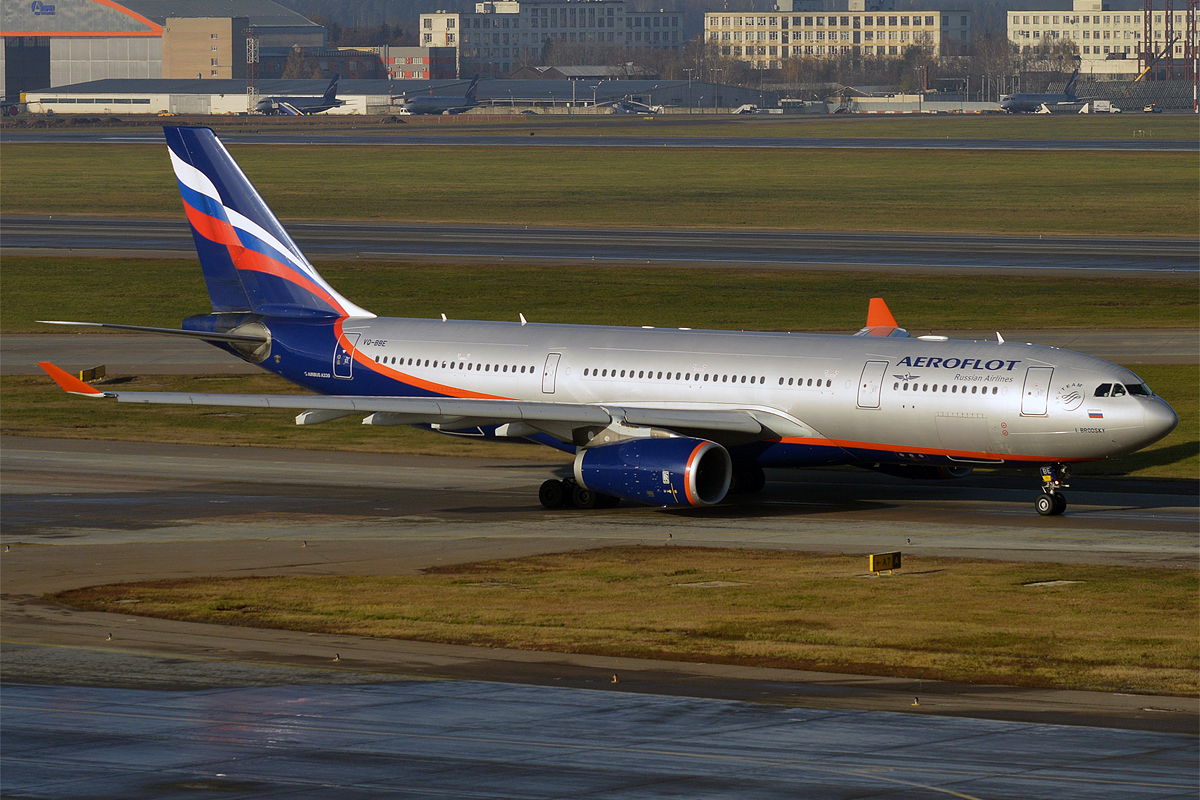
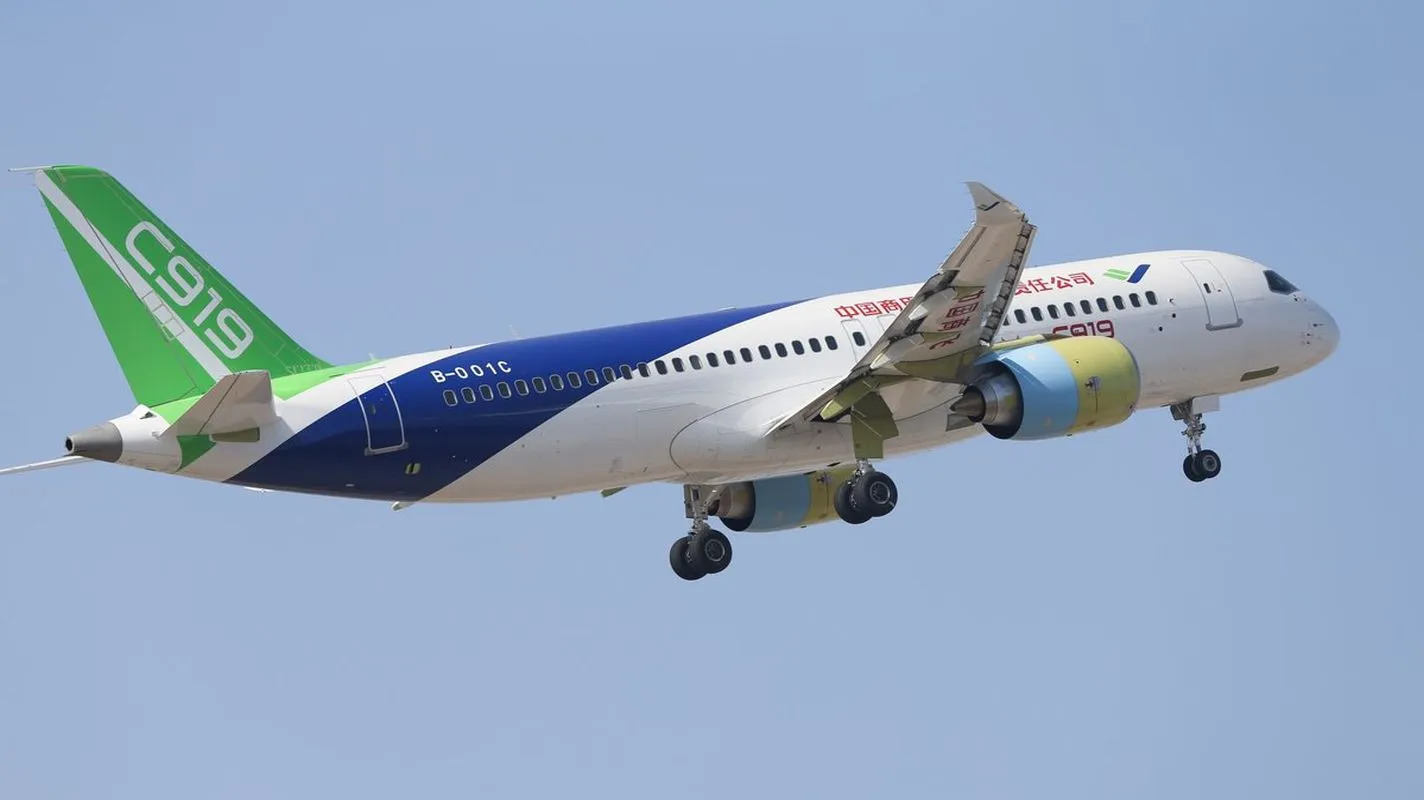
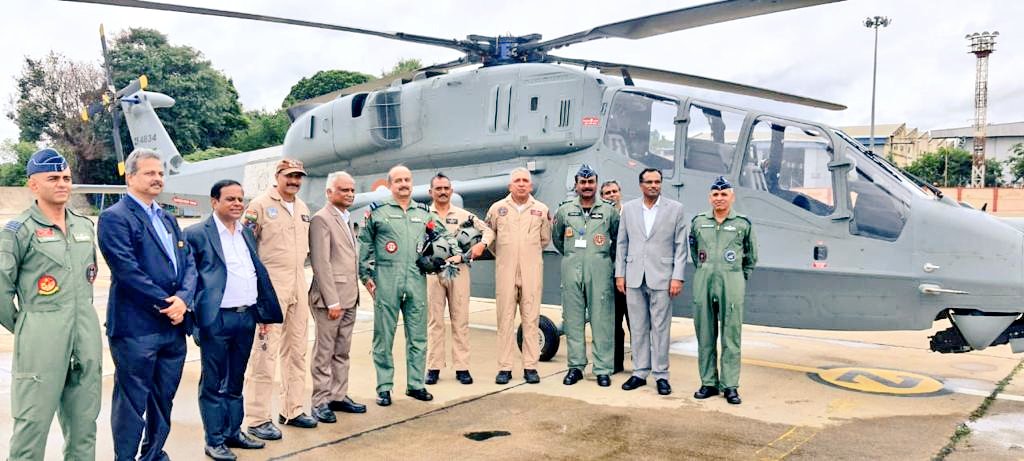

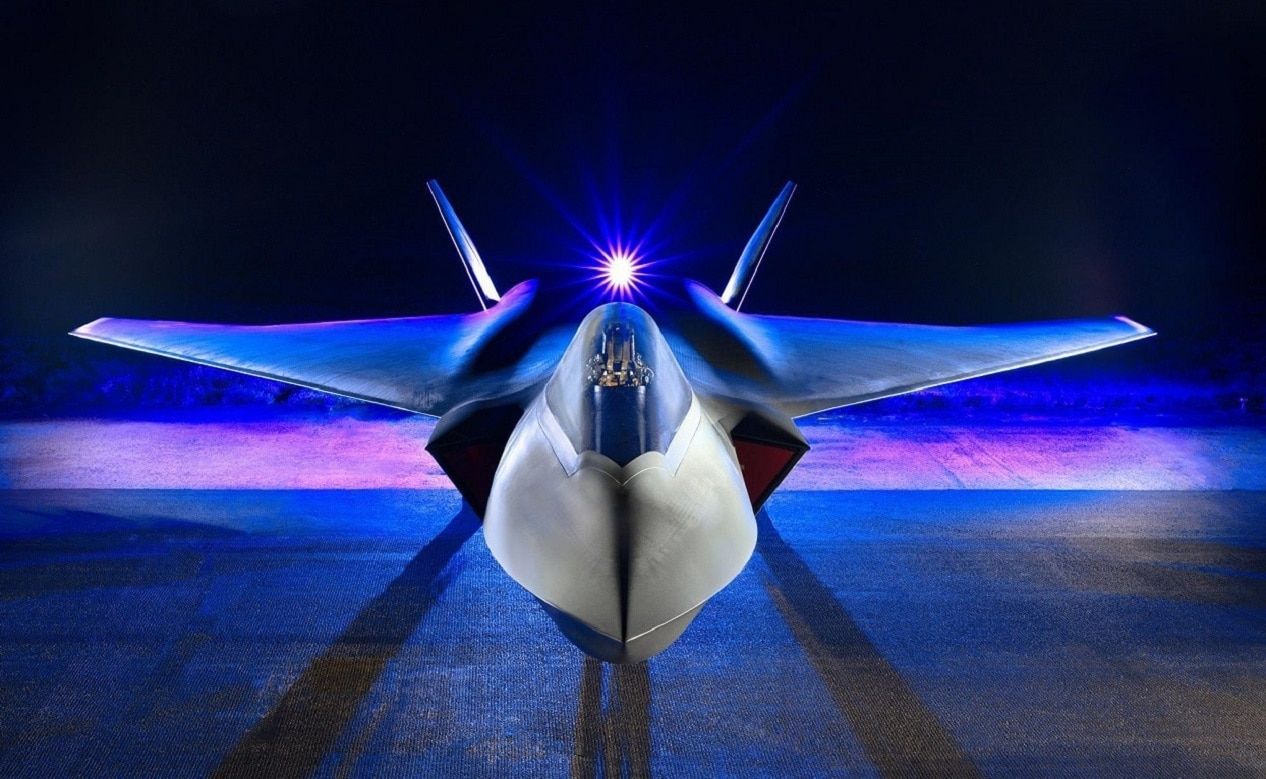
Comment